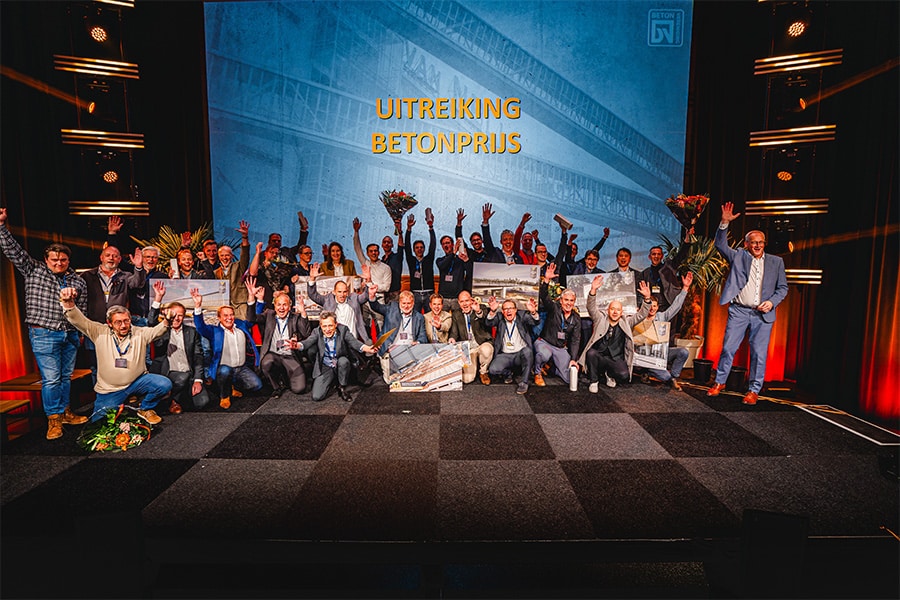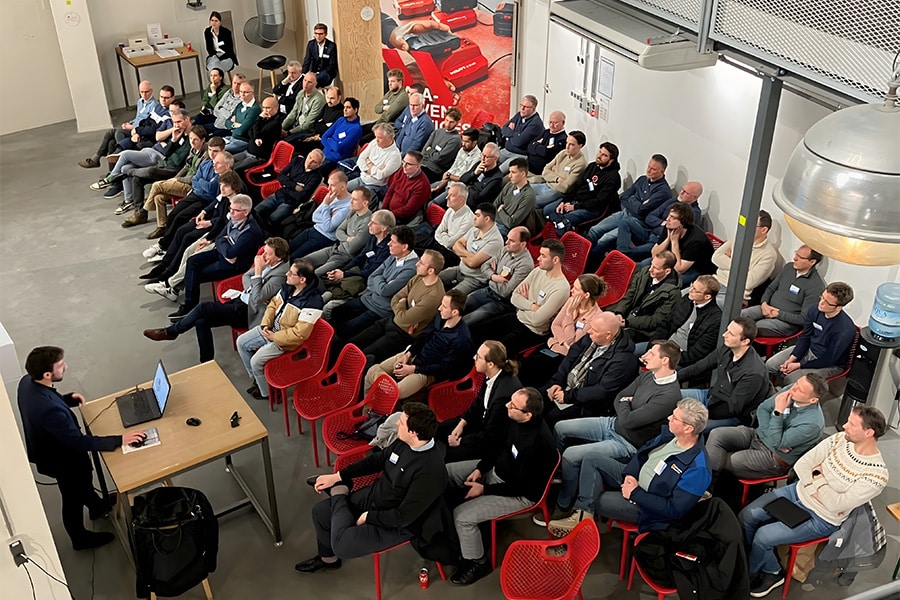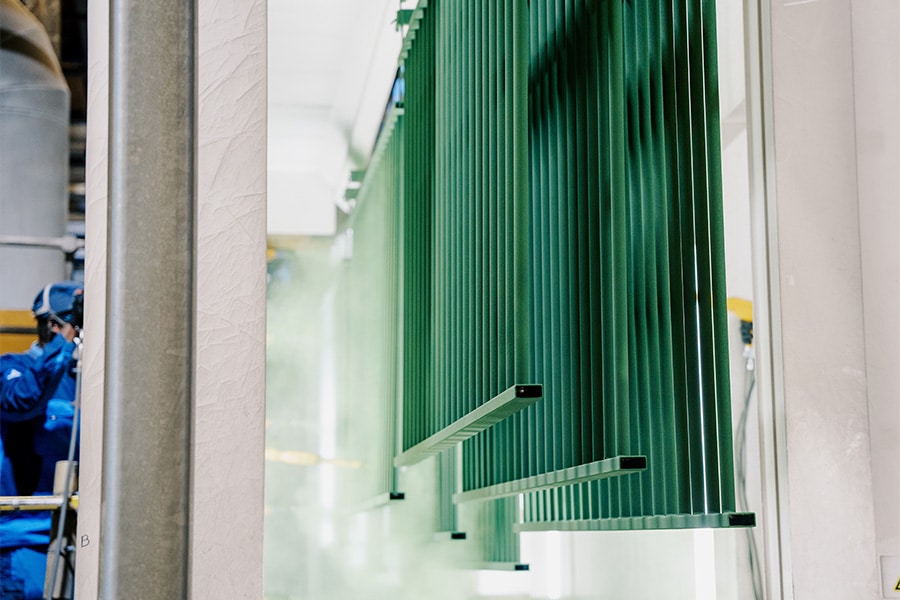
Interview | Prof.dr.ir. Klaas van Breugel - The future of concrete
Together with the steel industry, the concrete manufacturing sector causes about 20 percent of global CO2-emissions. A figure that is difficult to reduce. On the one hand the global demand for concrete continues to grow, on the other hand local shortages of raw materials around the world result in an increasing number of transport movements. It is a situation that, on the way to a further sustainability of products and processes, cries out for appropriate solutions. Prof.dr.ir. Klaas van Breugel, emeritus professor of concrete modeling and material behavior at TU Delft, sheds light on the matter.
Van Breugel, former head of the Materials & Environment section within TU Delft, possesses extensive knowledge and expertise in the field of raw and auxiliary materials for concrete. He identifies two developments within the sector that require action. "Environmental impact and scarcity are currently the main keywords leading the developments and research on alternative raw materials and admixtures for concrete. Apart from the fact that concrete production itself is already associated with a fairly large emission of CO2 there is a looming shortage of suitable sand in places of high construction, including China, India and the Middle East. This must then be brought in from elsewhere. When it comes to such bulk material, this is not something that is desirable. This is because it leads to very high transport costs as well as a further increase in CO2-emissions. In the Netherlands we are pretty much on the right side as far as raw materials are concerned. We still have plenty of usable sand and gravel in our area. Moreover, during concrete production, blast furnace slag and fly ash are frequently used as cement substitutes. But what if other types of steel production processes are developed or coal-fired power plants are no longer wanted? Then you are left without these raw materials. It is therefore important to look for suitable alternatives."
 Construction cycle. Outer circle: traditional construction. Inner circle: dismountable construction. (Source: Proprietary material K. van Breugel, 2017, 2018)
Construction cycle. Outer circle: traditional construction. Inner circle: dismountable construction. (Source: Proprietary material K. van Breugel, 2017, 2018)
Stop towing
That search for sustainably-tinted solutions is taking place both in practice and within a variety of research institutes, according to Van Breugel. In Switzerland, for example, a study is currently underway examining the usability of clay as a cement substitute. This research is being conducted with local companies in India, a country where there is a great need for building materials and clay is present as a local raw material. "The basic issue is to reduce the dragging of building materials as much as possible," Van Breugel said. "Simply because transporting them is very environmentally damaging. Right now, 40 percent of the current movements on the road are construction-related. That has to be reduced. And that can be done, in part by using locally available raw materials."
Another alternative that is currently being widely studied as a concrete substitute involves so-called geopolymers. "This material composed of blast furnace slag or fly ash together with an activator produces an end product that is broadly similar to concrete," Van Breugel teaches. "In addition, it has a microstructure similar to that of cement stone. That makes it an interesting component for manufacturing alternative building materials."
Profit for the environment and wallet
Last but not least, according to Van Breugel, circular construction and increasing the lifespan of a structure can contribute solidly to sustainability efforts. "The longer the lifespan is, the less the environment is burdened. Studies are currently taking place all over the world in this regard, including at TU Delft. The focus is on the development of self-repairing materials that lead to a longer service life of buildings and a decrease in maintenance costs. Profit for the environment as well as the wallet."
Text | Chris Elbers Image | TU Delft
Featured image: Prof.dr.ir. Klaas van Breugel.



